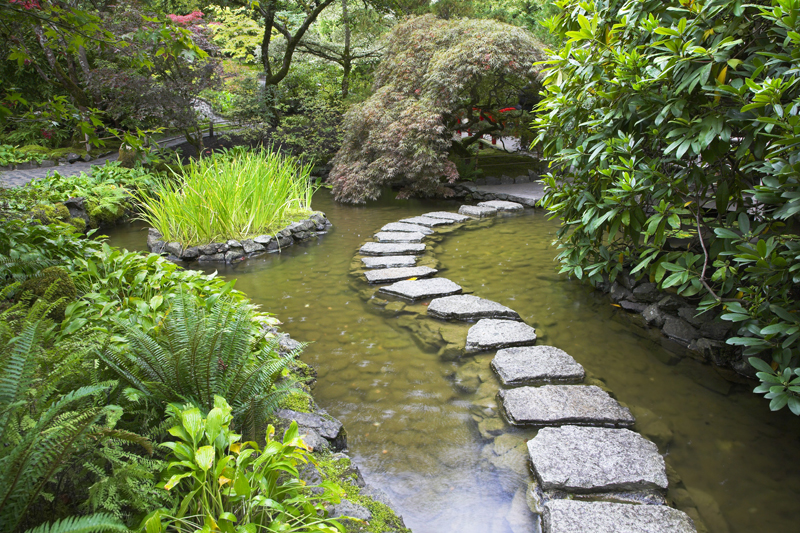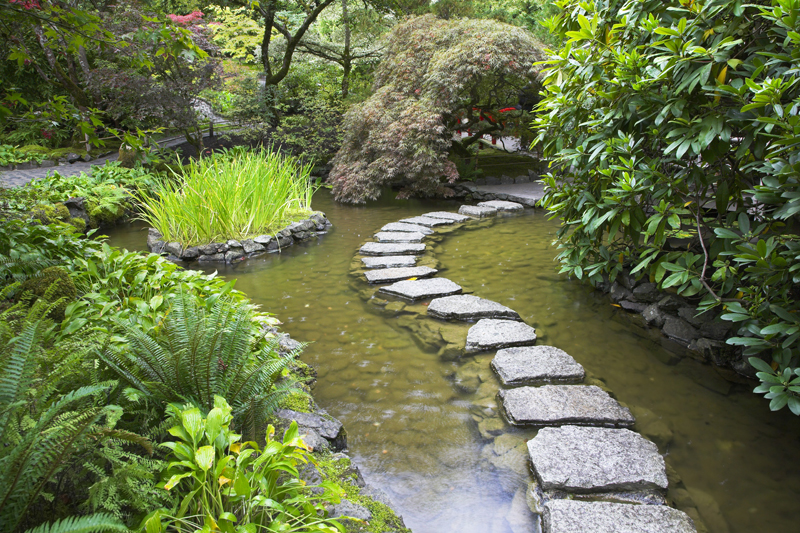A Tree for Shelterbelts and Windbreaks

Honey locust is suited to zones 4 through 8. It does particularly well in cold climates. The tree is native to most of the East as well as the Central states. It does better where winters are cold.
It is suitable for the Middle and Lower South. Generally for landscapes, most gardeners will choose a thornless variety, such as inermis. The species can be quite thorny. These aren’t dainty little thorns. Instead, they’re are up to 4 inches long, and are quite thick and branched. Both the branches and the trunk are thorny.
Description of Honey Locust
Honey locust has a flat crown and a vase-like trunk. This fast growing, large tree has arching, spreading branches. The very tall tree is typically 35 to 70 feet in height with a spread of 25 to 35 feet.
Narrow, columnar varieties are available. For small gardens, one option is a small cultivar that only reaches 25 feet in height with a number of these being available.
The small, finely textured leaves are fern-like. Borne in a feather-like arrangement, these are toothed and emerge late in the season. The foliage turns yellow in the fall. Honey locust leaves are quickly shed in the fall. Because the leaflets are small, they don’t create a lot of litter. .
The blossoms and leaves arrive at the same time. The rather insignificant flowers appear in the spring in racemes. These are mostly green with three to five petals.
They have a sweet scent similar to that of honey. Pollinators are attracted to the flowers, which supply them with nectar and pollen.
This tree is a legume, so it bears long bean-like pods. The species is very fruitful. If gardeners want to avoid cleaning these up from around the tree, choose a non-fruiting variety. The good thing about these pods is that they are edible. They have a pleasant, sweet flavor. which is why the tree is called honey locust.
Growing Honey Locust
This tree prefers full sun, but also adapts to part shade. It is suited to a range of soils from dry to moist as well as alkaline to acid. Honey locust is tolerant of drought, heat, and salt as well as wind, and cold climates.
This native can withstand alkaline soils as well as salty ones. It is easy to transplant provided the plant isn’t bare root. Gardeners will find this is easy to grow from seed.
Honey locust is well adapted to urban conditions. It is a good choice for lawns. This is considered a great landscape plant.
This is a strong, sturdy tree. Its wood is especially hard. Honey locust is grown as a shade tree and a street tree. It is recommended for shelterbelts and windbreaks.
Honey locust is a good choice for pollinator gardens. This plant is well liked by pollinators because it is a source of nectar and pollen.
As a shade tree, this provides light shade. Herbaceous plants or grass can be grown underneath the tree.
This tree needs moderate to regular watering. It can be pruned any time of the year.
The roots of this tree can possibly damage paving. For that reason, gardeners should avoid planting it near buildings or pavement for best results.
Potential Problems of Honey Locust
This tree can experience damage from, the honey locust borer, the mimosa webworm, and the pod gall midge. However, there is a cultivar called Moraine that has some resistance to webworms.
It is suitable for the Middle and Lower South. Generally for landscapes, most gardeners will choose a thornless variety, such as inermis. The species can be quite thorny. These aren’t dainty little thorns. Instead, they’re are up to 4 inches long, and are quite thick and branched. Both the branches and the trunk are thorny.
Description of Honey Locust
Honey locust has a flat crown and a vase-like trunk. This fast growing, large tree has arching, spreading branches. The very tall tree is typically 35 to 70 feet in height with a spread of 25 to 35 feet.
Narrow, columnar varieties are available. For small gardens, one option is a small cultivar that only reaches 25 feet in height with a number of these being available.
The small, finely textured leaves are fern-like. Borne in a feather-like arrangement, these are toothed and emerge late in the season. The foliage turns yellow in the fall. Honey locust leaves are quickly shed in the fall. Because the leaflets are small, they don’t create a lot of litter. .
The blossoms and leaves arrive at the same time. The rather insignificant flowers appear in the spring in racemes. These are mostly green with three to five petals.
They have a sweet scent similar to that of honey. Pollinators are attracted to the flowers, which supply them with nectar and pollen.
This tree is a legume, so it bears long bean-like pods. The species is very fruitful. If gardeners want to avoid cleaning these up from around the tree, choose a non-fruiting variety. The good thing about these pods is that they are edible. They have a pleasant, sweet flavor. which is why the tree is called honey locust.
Growing Honey Locust
This tree prefers full sun, but also adapts to part shade. It is suited to a range of soils from dry to moist as well as alkaline to acid. Honey locust is tolerant of drought, heat, and salt as well as wind, and cold climates.
This native can withstand alkaline soils as well as salty ones. It is easy to transplant provided the plant isn’t bare root. Gardeners will find this is easy to grow from seed.
Honey locust is well adapted to urban conditions. It is a good choice for lawns. This is considered a great landscape plant.
This is a strong, sturdy tree. Its wood is especially hard. Honey locust is grown as a shade tree and a street tree. It is recommended for shelterbelts and windbreaks.
Honey locust is a good choice for pollinator gardens. This plant is well liked by pollinators because it is a source of nectar and pollen.
As a shade tree, this provides light shade. Herbaceous plants or grass can be grown underneath the tree.
This tree needs moderate to regular watering. It can be pruned any time of the year.
The roots of this tree can possibly damage paving. For that reason, gardeners should avoid planting it near buildings or pavement for best results.
Potential Problems of Honey Locust
This tree can experience damage from, the honey locust borer, the mimosa webworm, and the pod gall midge. However, there is a cultivar called Moraine that has some resistance to webworms.

Related Articles
Editor's Picks Articles
Top Ten Articles
Previous Features
Site Map
Content copyright © 2023 by Connie Krochmal. All rights reserved.
This content was written by Connie Krochmal. If you wish to use this content in any manner, you need written permission. Contact Connie Krochmal for details.



